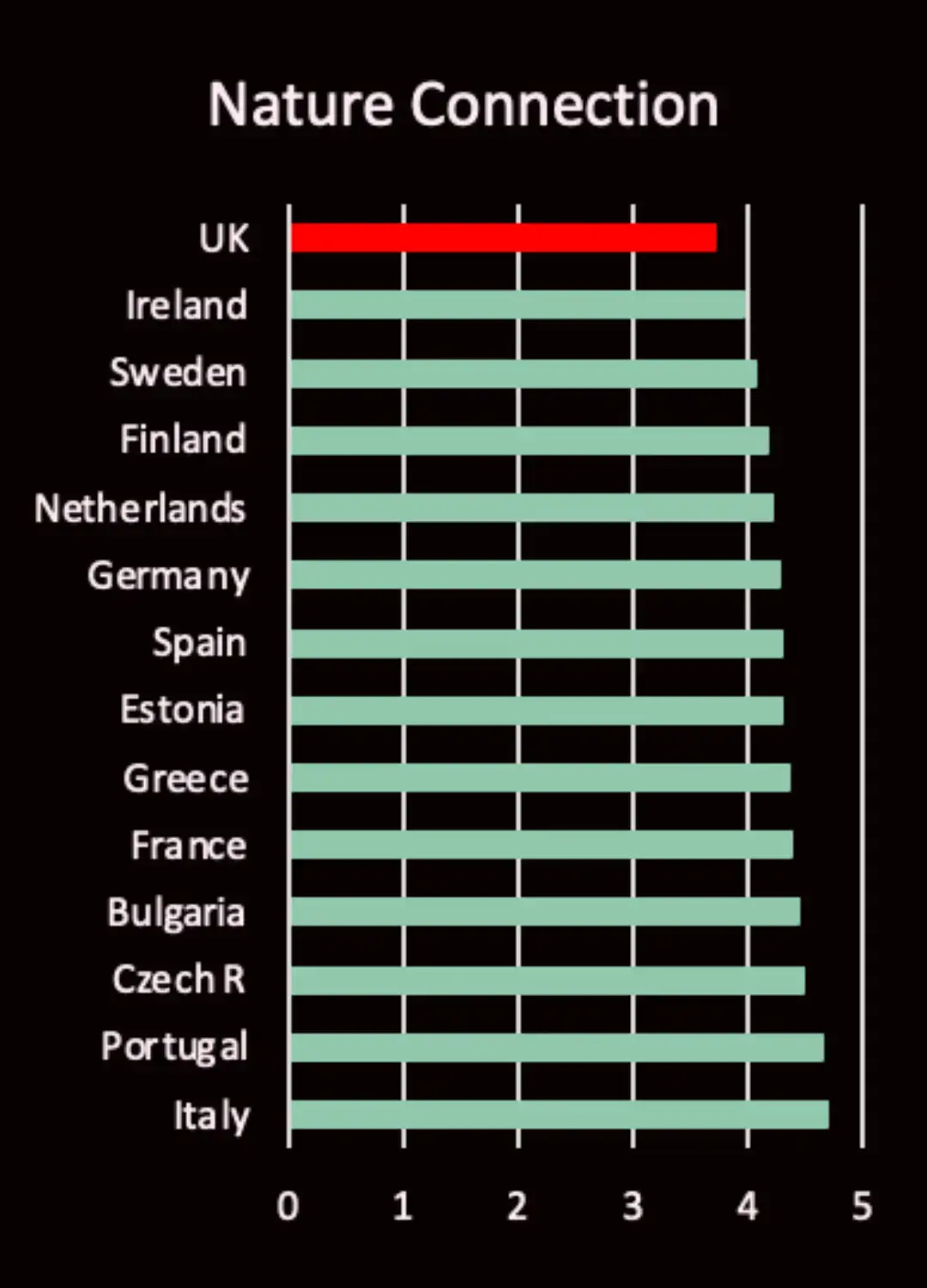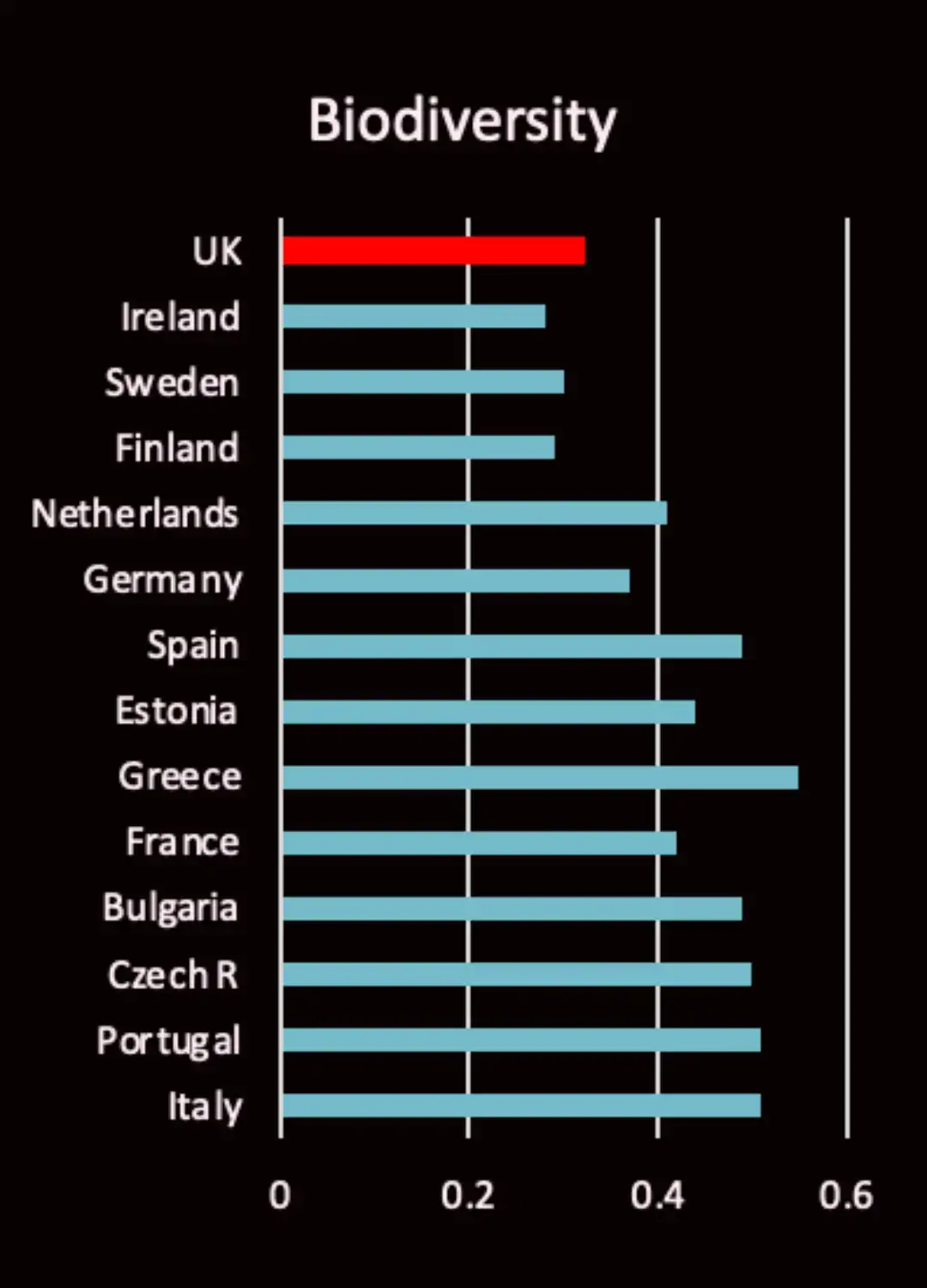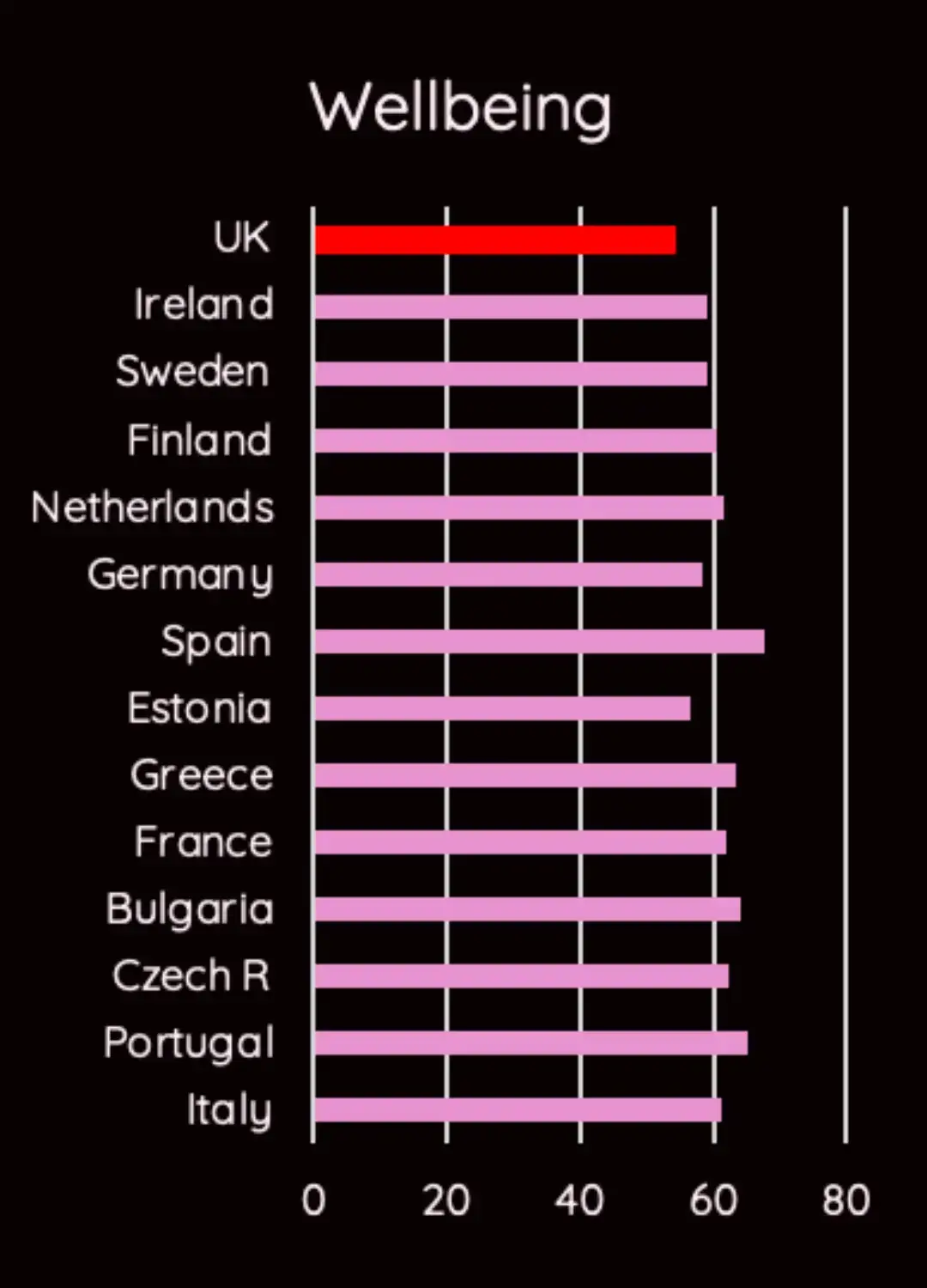Upholding Biodiversity
England's New Conservation Imperative
The launch of England's Biodiversity Net Gain (BNG) scheme marks a significant milestone in the nation's commitment to prioritising biodiversity conservation and habitat restoration in new development projects. Amidst the urban expansion, agricultural practices, and overpopulation, the UK has witnessed a steep decline in biodiversity, with a troubling 13% reduction in wildlife since the 1970s.
A study found that the UK ranked the lowest in the EU for biodiversity intactness, having lost more wildlife than any other G7 country, it is one of the most nature-depleted countries on the planet highlighting the urgent need for action.



The BNG mandate marks a significant shift in how developers will now secure planning permission. While it introduces challenges, it also gives many opportunities for developers to integrate blue-green infrastructure into their housing projects.
The benefits of BNG:
- Economic advantages include increased property values, enhanced marketability, and reduced long-term maintenance costs.
- Environmental benefits encompass improved air and water quality, mitigation of urban heat islands, and biodiversity conservation.
- Social advantages include the promotion of physical and mental well-being, community cohesion, and equitable access to green spaces for all residents.
Key Principles of Biodiversity Net Gain (BNG):
-
Definition and Purpose - BNG aims to ensure that development projects leave biodiversity in a better state than before, with a minimum mandatory target of 10% biodiversity net gain.
-
Mitigation Hierarchy - BNG reinforces and complements the mitigation hierarchy, requiring developers to increase biodiversity compared to the baseline.
-
Biodiversity Metric - The Biodiversity Metric is a tool used to measure BNG, focusing on habitat size, condition, distinctiveness, and strategic significance. It provides developers with a quantitative assessment of the biodiversity value of proposed development sites, aiding in the determination of the required biodiversity enhancements.
-
On-Site and Off-Site Delivery - BNG can be achieved through habitat creation/enhancement both on-site and off-site, this includes habitat banks.
-
Statutory Credits - Large-scale habitat projects can generate statutory credits, which can be purchased as a last resort if BNG cannot be delivered on-site or off-site.
-
Legislation - From February 2024, changes to the Environment Act mean that developments under the Town and Country Planning Act 1990 must submit a BNG plan to the planning authority and obtain approval as a pre-commencement condition.
Challenges faced
While the BNG scheme presents immense opportunities for biodiversity conservation, challenges remain, particularly in terms of environmental regulation, monitoring, and farmer participation in off-site habitat restoration.
-
Demand and Funding - There is a need to increase funding for biodiversity conservation globally. While demand for biodiversity credits is limited, mandatory markets like England's BNG scheme can help scale up investment and activity.
-
Regulation and Oversight - BNG is regulated by various bodies, including local authorities and government agencies, which helps ensure accountability and avoids conflicts of interest. However, there are concerns about the lack of staff for monitoring and enforcement.
-
Challenges and Opportunities for Farmers - Off-site habitat restoration may largely occur on farmland, but many farmers are hesitant to participate due to uncertainty about the market size and financial risks.
-
Early Stage of Markets - Biodiversity credit markets are in their infancy, requiring universally agreed standards and regulations for growth and effectiveness.
-
Recognition of Biodiversity as a Public Good - Governments must recognize biodiversity as a public good, allocating resources and incorporating biodiversity considerations into private investment decision-making.
Tips for developers
-
Understand BNG Requirements: Familiarize yourself with the specific requirements of the BNG mandate in the UK, including the calculation methods and reporting procedures specified by the government or relevant authorities.
-
Early Engagement: Engage with biodiversity experts and relevant stakeholders early in the development process. This includes consulting with ecologists, conservationists, and local authorities to understand biodiversity priorities and requirements.
-
Site Selection: Choose development sites that have lower ecological value or that can accommodate biodiversity enhancements without significantly impacting sensitive habitats or species.
-
Baseline Assessment: Conduct a thorough baseline assessment of the existing biodiversity on the development site. This includes surveys to identify habitats, species, and ecological features that may be impacted by the development.
-
Biodiversity Net Gain Plan: Develop a comprehensive Biodiversity Net Gain plan that outlines specific measures to enhance biodiversity on the site. This plan should include strategies for habitat creation, restoration, and enhancement to achieve a quantifiable net gain in biodiversity.
-
Mitigation Hierarchy: Follow the mitigation hierarchy, which prioritises avoiding impacts to biodiversity wherever possible, followed by minimizing, mitigating, and compensating for any unavoidable impacts.
-
Native Planting and Habitat Creation: Incorporate native vegetation and habitat features into the development design. Create new habitats such as wildflower meadows, wetlands, hedgerows, and tree planting to support local biodiversity.
-
Green Infrastructure: Integrate green infrastructure elements into the development, such as green roofs, permeable surfaces, and wildlife corridors. These features can provide habitat, improve connectivity, and enhance biodiversity within the development site.
-
Monitoring and Reporting: Implement monitoring and reporting mechanisms to track the effectiveness of biodiversity enhancements over time. This includes regular surveys to assess changes in species diversity, habitat quality, and ecosystem function.
-
Compliance and Certification: Ensure that the Biodiversity Net Gain achieved meets the requirements set forth by the relevant authorities. Obtain any necessary certifications or approvals to demonstrate compliance with biodiversity regulations and standards.
-
Long-Term Management: Develop a long-term management plan for maintaining and managing biodiversity enhancements on the site. This may involve habitat maintenance, invasive species control, and ongoing monitoring to ensure the sustainability of biodiversity gains.
By following these tips, developers can effectively comply with the Biodiversity Net Gain mandate in the UK while contributing to the conservation and enhancement of biodiversity in their development projects.
In conclusion, England's Biodiversity Net Gain scheme represents a significant advancement in biodiversity conservation efforts, offering a holistic approach that prioritises environmental conservation, social well-being, economic prosperity, and climate resilience. As the scheme unfolds, collaboration among landowners, developers, and local authorities will be crucial, guided by sound ecological expertise and best practices.
Conservation is humanity caring for the future.
Nancy Newhall